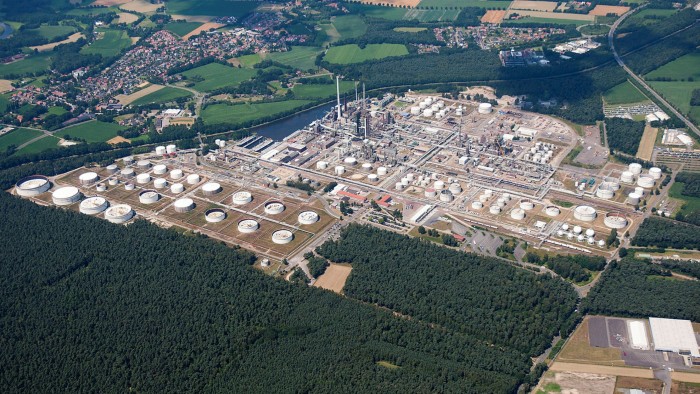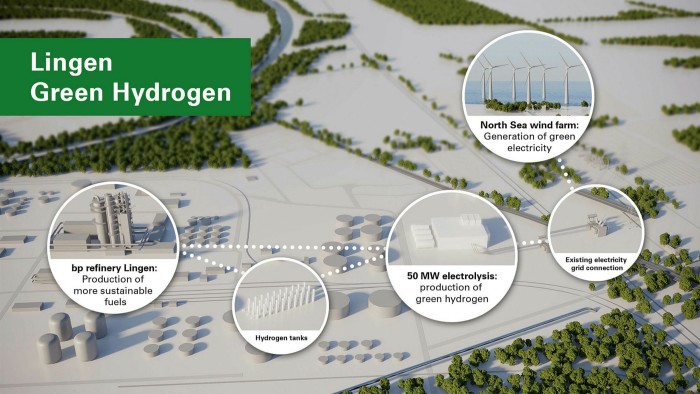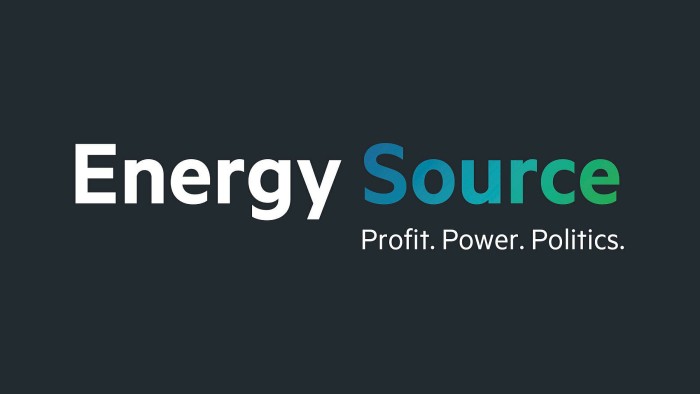BP and Orsted plan green hydrogen project

Roula Khalaf, Editor of the FT, selects her favourite stories in this weekly newsletter.
BP and Danish wind power group Orsted are teaming up to develop a green hydrogen project in Germany, in the oil major’s first foray into this business.
The two companies are planning an industrial-scale project for renewable production at the Lingen refinery, using wind power from the North Sea to split water into hydrogen and oxygen.
The plan, which is still at an early stage, is to build a 50 megawatt electrolyser to replace 20 per cent of natural gas-based hydrogen at the plant.
Zero-emissions production is expected to begin in 2024. Financial details were not disclosed by either company.
BP said the move — its first partnership with Orsted — marked a “significant step” in developing the company’s hydrogen business, which will be crucial in meeting its net-zero emissions goal by 2050.
“Hydrogen is expected to play an important part in BP’s strategy, but also it will have a material role in the [energy mix of the] future,” said Louise Jacobsen Plutt, who heads BP’s hydrogen and carbon capture businesses.
Hydrogen is mainly used in industrial processes today, such as feedstock to manufacture petroleum products at refineries.
But the EU and nations around the world are promoting the use of hydrogen made with renewable power as part of broader plans to reduce greenhouse gas emissions.

It is more expensive than hydrogen made using natural gas — so-called grey hydrogen — but there is a global push to reduce the cost of its production to encourage its use.
“Heavy industries such as refineries use large quantities of hydrogen in their manufacturing processes,” said Martin Neubert, who heads the offshore wind business at Orsted. “They will continue to need hydrogen, but replacing the current fossil-based hydrogen with hydrogen produced from renewable energy can help these industries dramatically lower their CO2 footprint.”
Twice weekly newsletter

Energy is the world’s indispensable business and Energy Source is its newsletter. Every Tuesday and Thursday, direct to your inbox, Energy Source brings you essential news, forward-thinking analysis and insider intelligence. Sign up here.
Orsted’s shares have rallied this year, while BP’s have been rattled by the impact of the pandemic and uncertainty about its strategy for the energy transition.
Despite BP announcing a transformation plan under new chief executive Bernard Looney, its share price — like others in the sector — have tumbled to multi-decade lows.
Mr Looney, who has emphasised that oil and gas will remain crucial cash-generative businesses for BP for decades to come, said the onus was now on the company to “execute” its strategy and convince investors its plan was the right one for the company.
In September, BP signed its first offshore wind power deal, agreeing to buy a 50 per cent stake in two US projects from Norway’s Equinor for $1.1bn.
Comments